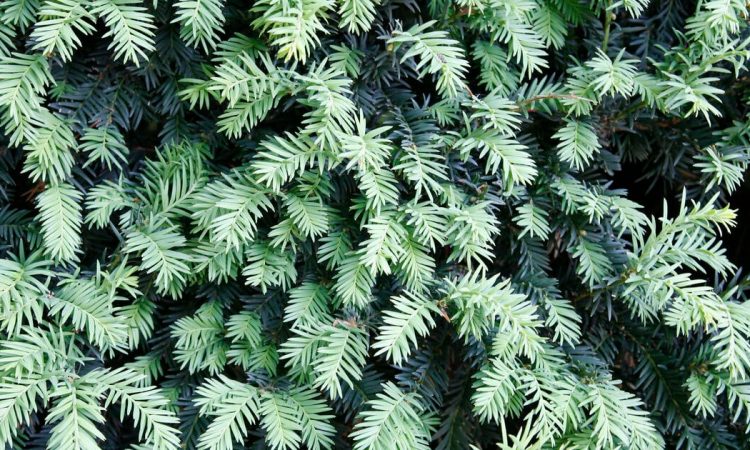
Finding the best hedge plant for the right soil and location conditions is not easy. Here are twelve of the best trees and shrubs for sheared hedges.
If you are looking for an inexpensive and compact privacy screen for your garden, sooner or later you will get a trimmed hedge because hedge plants are more durable than wooden privacy screens and cheaper than walls. The only disadvantages: you will have to trim the plants once or twice a year to shape them and, depending on the size of the plants, you will need several years of patience until the privacy screen is complete.
Which hedge plant would be suitable for my garden?
To find the right plants for your hedge, you first need to answer a few important questions: do you want a fast-growing plant that you will then have to cut back twice a year? Or would you prefer a slightly more expensive hedge that looks good even with one trim a year, but takes a few years longer to reach the desired height? Do you have problematic soil where only undemanding trees grow? Should the hedge be opaque even in winter or should it lose its leaves in autumn?
To make it easier for you to decide, we present some plants for hedges with all their advantages and disadvantages:
1. The occidental arborvitae (Thuja occidentalis) is suitable for hedges of two to four meters in height in sunny locations on humus-rich, moderately moist soil. The evergreen tree is extremely frost-hardy and wind-resistant and forms a very dense privacy screen. Despite its good hedge properties, it is not everyone’s cup of tea: on the one hand, it has the image of being a cemetery plant, and on the other, its scale-like foliage turns brownish-green in frost.
The inexpensive plants grow quickly and reach eye level in just a few years. However, to ensure that they branch well and form a uniform, dense wall, they should be pruned twice a year. Only plant arborvitae in sufficiently moist, well-aerated soil. In dry or waterlogged conditions, individual plants are easily attacked by fungal diseases and usually die completely.
After vigorous pruning, arborvitae do not turn green again, so it is important to maintain the pruning rhythm. There is a wide range of varieties with different growth forms, shades of green and yellow. One of the best hedge varieties is the fine-leaved and relatively slow-growing ‘Smaragd’ variety. It also retains its green foliage color in winter
2. Berry yew (Taxus baccata) is a coniferous plant of the Yew family.
Small trees (less often shrubs) grow up to 10-20 metres in height, in some cases up to 28 metres. They grow very slowly, but live a long time.
The crown of yew is ovoid-cylindrical, very dense, often multi-vertebrate. The bark of young plants is smooth, but with age it becomes lamellar, reddish-grey in colour.
In spring, greenish florets appear on the plant, which turn into bright red or yellow arillus (berry-like growths around the seeds) by autumn.
3. The largest species of false cypress, the Lawson cypress,Port Orford cedar, or ginger(C.lawsoniana), may be more than 60 metres (200 feet) tall and 6 metres (about 20 feet) in diameter.It is a very hardy tree; over 200 forms are cultivated as ornamentals in North America and Great Britain. Many of these are dwarfs. The oily spicy lightweight wood of the Lawson cypress is one of the most important North American lumbers.
When should a hedge be planted?
If you want to plant hedges, it is best to start in early autumn. If the weather is favourable, the hedge plants will take root before winter and will grow faster next year than hedges that are only planted in spring. However, don’t plant evergreen, somewhat frost-sensitive trees such as laurel, yew or medlar too late in the year – they can be seriously damaged by winter if they haven’t grown properly yet. Spring is the best time to plant here. In summer you can still plant hedge plants using potting balls, as long as you water the bushes well in the following weeks when they dry out.

